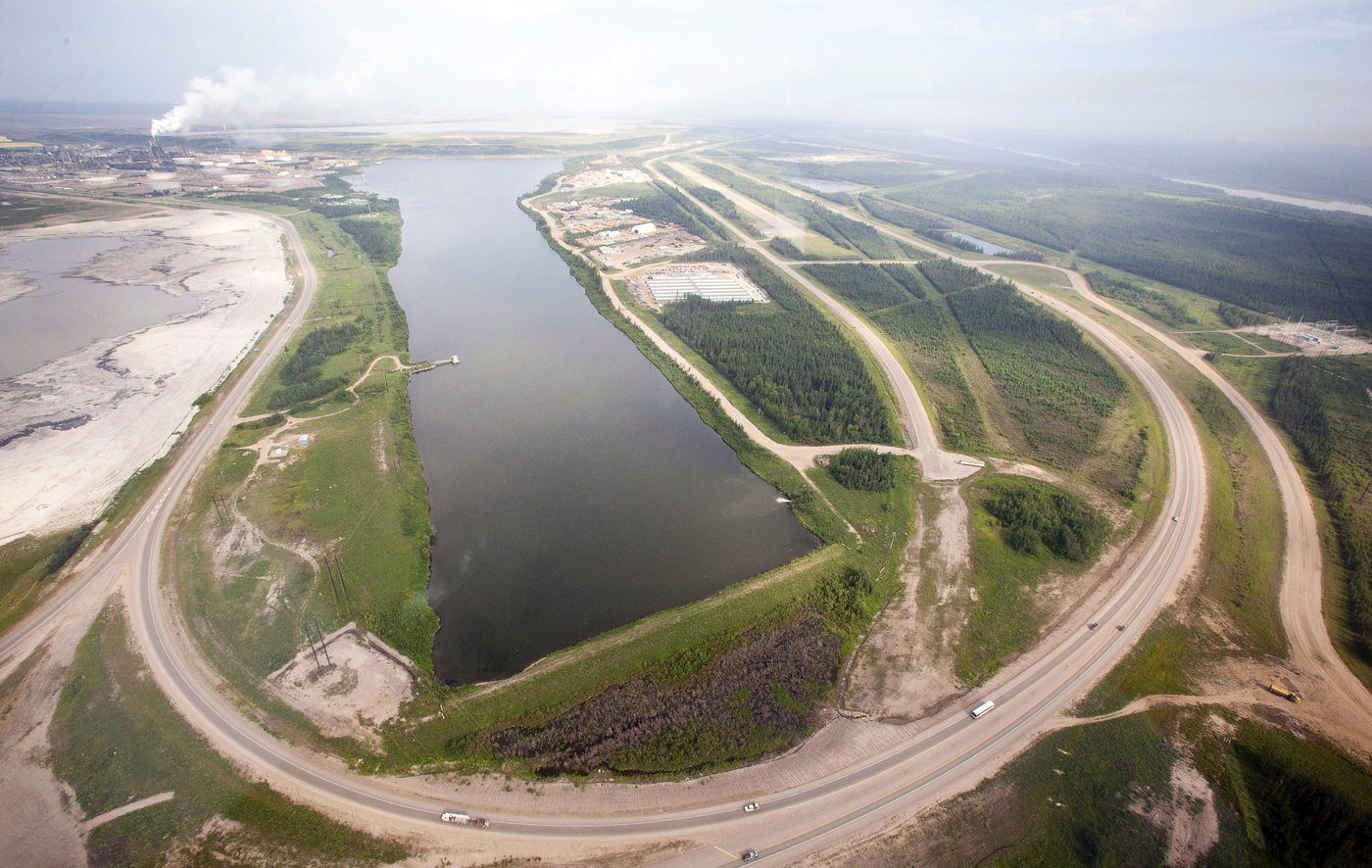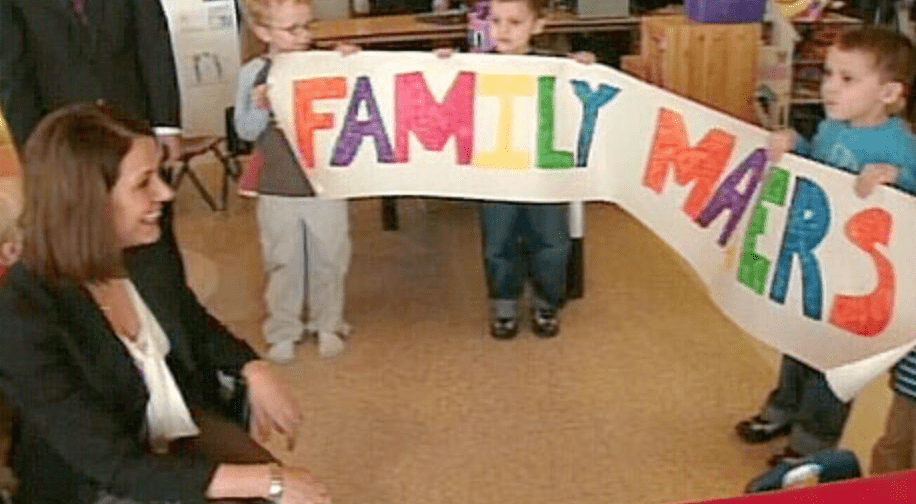This content is restricted to subscribers

The views, opinions and positions expressed by columnists and contributors are the author’s alone. They do not inherently or expressly reflect the views, opinions and/or positions of our publication.

This content is restricted to subscribers
The views, opinions and positions expressed by columnists and contributors are the author’s alone. They do not inherently or expressly reflect the views, opinions and/or positions of our publication.

Alberta’s government has tipped over from defending its jurisdiction to chronic whining.
Last week Environment Minister Rebecca Schulz put out a thunderous declaration that the federal government’s new nature strategy is unconstitutional.
As everyone living in Alberta knows by now – pretty much everything the federal Liberals propose is unconstitutional and violates provincial rights according to the United Conservative Party government.
The UCP is not having any of that namby-pamby co-operative federalism. Every federal initiative has to be fought out in angry declarations or court.
So the federal nature strategy, and the Nature Accountability Act federal Environment Minister Steven Guibeault tabled on June 12, just provoked the heck out of Schulz.
The fate of species at risk, shocking decline in wildlife habitat, protection of wild rivers and boreal lands apparently are, in the sovereign domain of Alberta, provincial concerns.
There’s more than just a little of the Old Testament idea of mankind having dominion over all creation in the Schulz press release.
“Albertans – including communities, Indigenous people, farmers, ranchers, hunters, resource workers and stewards of our beautiful province – will decide how to best manage provincial lands,” declares Schulz.
The Alberta minister hints she is speaking for all provinces.
“This report is yet another example of Minister of Environment and Climate Change Steven Guilbeault blatantly ignoring the Canadian constitution and pretending to engage with provinces to carry out his radical, ideological agenda.”
Except there’s a bit more to the story.
The strategy grows out of COP 15 and The Kunming-Montréal Global Biodiversity Framework which espouses targets such as conserving 30 per cent of land, water and seas, reversing degradation of habitat, stopping introduction of invasive species, preventing species from going extinct, increasing green spaces and reducing pollution.
In short, the framework, which Canada signed on to in 2022, strives for common sense sustainability in government policy-making to improve biodiversity.
The development of that national nature strategy has not been a unilateral federal Liberal initiative.
At the end of May 2023, provincial environment ministers met with Guibeault to begin hammering out the strategy.
“Ministers agreed that implementing the new biodiversity targets and objectives will require meaningful collaboration among all levels of governments, including federal, provincial, territorial, and Indigenous governments and organizations,” declared the talking points at the end of the meeting.
“Following the launch of federal consultations on Canada’s 2030 National Biodiversity Strategy earlier this month, Ministers agreed to collaborate in the coming year to develop the Strategy, building on over 25 years of collaboration since they jointly endorsed Canada’s first Biodiversity Strategy in 1995.”
So – there has apparently been a national biodiversity strategy since 1995 and provincial ministers signed on to help devise the current version of it.
Except – Alberta wasn’t at that May 2023 meeting. There was a provincial election going on and apparently nobody was available to attend the session. (Quebec also didn’t sign, although its minister attended as an observer and committed to develop a similar provincial strategy.)
Guilbeault, who has battled it out in past with Alberta, is obviously aware of the extreme sensitivities around environmental issues which could potentially affect economic development.
The nature strategy and the act both explicitly mention provincial consultation and input.
The issue of the constitutional division of powers regarding the environment is a thorny one. The whole carbon tax battle, which the feds won in the Supreme Court, didn’t really clarify all that much. Federal actions which might impact economic activity within provincial borders are a different kettle of fish.
While environment and land management in general appears to fall into provincial jurisdiction in the constitution, several aspects of wildlife control, such as migratory birds and aquatic wildlife, fall into the federal purview. Biodiversity, that all-encompassing term in the middle, doesn’t get an explicit mention in the constitution.
At some point doesn’t it make sense to step back and look at what makes common sense?
Habitat doesn’t stop at borders. Species at risk can’t tell the difference between B.C. and Alberta. That’s why these really big environmental challenges are the subject of global initiatives and agreements in the first place.
Living in harmony with nature and conserving the natural bounty we already have would seem an overarching moral and ethical thing to do.
Isn’t it time the Alberta government climbs down off its parochial horse for the greater good?
The views, opinions and positions expressed by columnists and contributors are the author’s alone. They do not inherently or expressly reflect the views, opinions and/or positions of our publication.

This content is restricted to subscribers
The views, opinions and positions expressed by columnists and contributors are the author’s alone. They do not inherently or expressly reflect the views, opinions and/or positions of our publication.

This content is restricted to subscribers
The views, opinions and positions expressed by columnists and contributors are the author’s alone. They do not inherently or expressly reflect the views, opinions and/or positions of our publication.

Are the differences between Alberta and Ottawa on carbon emission policy unreconcilable?
If you surf the tops of the news headlines it looks as though the province is retreating further and further from coming to grips with its climate crisis responsibilities.
Piqued by recent comments from federal environment minister Steven Guibeault, Premier Danielle Smith fired off an incendiary statement on social media over the weekend railing that federal emission reduction targets and the goal to reach a carbon-neutral electrical grid by 2035 are unconstitutional, investment-killing atrocities.
Alberta claims to be working toward that carbon-neutral grid by 2050. Instead of trying to curb oil and gas production with ambitious emission controls, Ottawa should be promoting “clean” Canadian LNG in Asia, says Smith.
Her bottom line: “Alberta will not recognize any federally imposed emission-reduction targets for our energy and electricity sectors under any circumstances unless such targets are first consented to by the Government of Alberta.”
Perhaps more than any issue, Smith frames energy policy, and by extension environment policy, as an Alberta sovereignty issue.
On Wednesday, Alberta Minister of Affordability and Utilities Nathan Neudorf backed Smith’s rhetoric up further with a statement that acknowledges that demands for reliable, sustainable energy are higher than ever but that it’s just too expensive for Albertans to reach the federal 2035 carbon-neutral grid target.
The cost of sharply reducing carbon emissions and in any way reducing oil and gas production is now consistently tied to the cost to the economy. Any flip advantage of a more sustainable industry is sliding out of the narrative.
Alberta’s Environment Minister Rebecca Schulz was a tad conciliatory after she met with Guibeault on Wednesday.
“The indication we got from the minister was that there’s still time for negotiation and discussions,” she told reporters.
But she trotted out the fire-breathing party line in her formal statement.
“I informed Minister Guilbeault that our government remains resolutely opposed to any federal cap on oil and gas emissions or electricity regulations that are not expressly consented to by Alberta and that do not align with Alberta’s emissions reduction and energy development plan.”
Smith’s mandate letter to Schulz in her new job as environment minister met with lots of criticism earlier this month in terms of what it didn’t contain, including specific actions on carbon emissions.
Schulz told a Canadian Press reporter that the climate strategy is coming as the government gathers enough information.
“In many ways, we are working at emissions reduction right now. Some aspects of our net-zero aspiration by 2050 are relying, maybe in some cases, on technology that doesn’t yet exist.”
These trends in Alberta government public messaging are shaping the climate change discussion in the province. The dreaded “CO2 is not a pollutant” meme is popping up consistently in social media comments on government statements.
So how deep does this divide between Ottawa and Edmonton go? Despite the overheated rhetoric and diversionary tactics at the strictly political level, there is still a fair bit of emission tackling and sustainable innovation happening at a bureaucratic and industry level.
Even Smith has mentioned the federal-provincial working group trying to find common ground and a way forward.
Guibeault spent a couple of days this week roaming Calgary, chatting with the Chamber of Commerce and the Business Council of Alberta. His media interviews didn’t suggest much movement off the electricity 2035 target but a supposed 42 percent emissions reduction in the energy industry by 2030 seems a bit fuzzier.
“What we said in the Emissions Reduction Plan was that the 42 percent was not a target but it was a pathway. So we will see with the oil and gas cap — will it be exactly that, will it be something different? That’s one of the many things that remain to be defined,” Guibeault said in an interview.
For the average Canadian, tours and chats, innovation grants, promised regulations, targets and policies and endless jurisdictional battles don’t amount to much beyond posturing and blather.
Floods, heat waves and forest fires speak much more loudly about the concrete actions expected from all leaders. There’s not much point protecting Alberta’s sovereign rights and oil patch bottom line if the province is in flames and the crops are dead in the field.
The views, opinions and positions expressed by columnists and contributors are the author’s alone. They do not inherently or expressly reflect the views, opinions and/or positions of our publication.

This content is restricted to subscribers
The views, opinions and positions expressed by columnists and contributors are the author’s alone. They do not inherently or expressly reflect the views, opinions and/or positions of our publication.